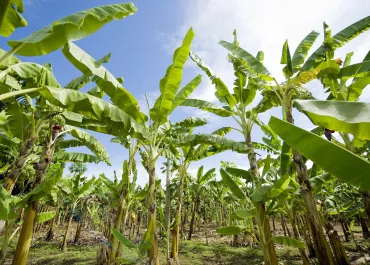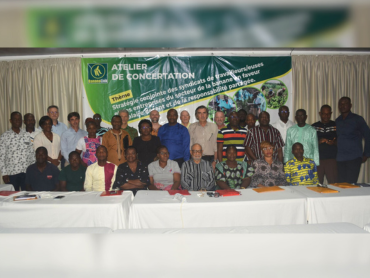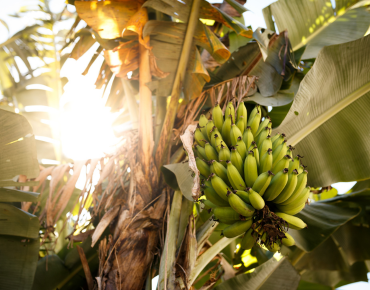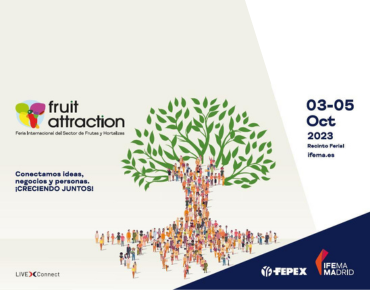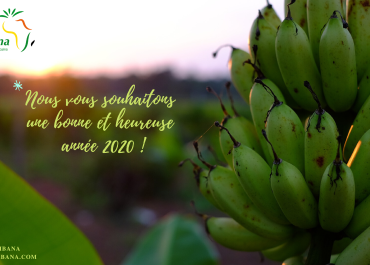
Afruibana wishes you a happy new year
1 January 2020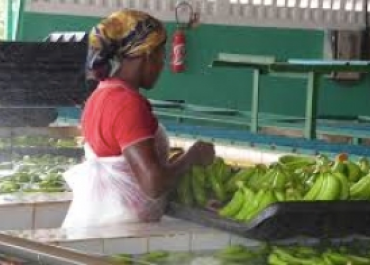
Afruibana reassured and reassured by the maintenance of the free movement of fruit with the EU
23 March 2020Today, agriculture occupies an important place in most African economies: the sector accounts on average for 32% of the GDP of the states in the zone and employs between 50 and 70% of the working population. It is today the most dynamic sector in the world and the growing demand for food should confirm this position. If the African continent continues to import tens of billions of foodstuffs every year, Africa, with accounts for 60% of the world’s arable land, could achieve food self-sufficiency and even become a world agricultural power.
Nevertheless, despite exponential population growth on the continent, the average age of farmers is close to 60 years, while the average age of the population in sub-Saharan Africa is 19 years. This ageing of the agricultural workforce is an obstacle to the development of the sector, especially since it increasingly requires the integration of new technologies in order to be sufficiently productive at the global level.
A profession with an aging image
The sector, 80% of which is made up of so-called “family-sized” structures, has long suffered from a productivity lag that has directly contributed to the construction of a negative common vision. Nevertheless, practices are evolving. With the gradual introduction of increasingly modern tools and techniques, the emergence of producer groups and easier access to markets, the sector is now showing a new dynamic. Professions and perspectives are changing, mobilizing new skills and knowledge.
“To make the agriculture cool for the youth”
But how can the new generations be more involved in this momentum when today only 2% of students specialise in this field? “Currently, when a child from the village leaves school with his technical baccalaureate, and his region, department and village offer no prospects for the future, he goes to the capital or emigrates, whereas we need these young people to produce and take over family farms,” says Mamadou Cissokho, president of the “Réseau des organisations paysannes et de producteurs de l’Afrique de l’Ouest”.
For African Development Bank (BAD) President, Akiwuni Adesina, the objective is clear: “We need to change the workforce in the agricultural sector. Our goal is to make agriculture cool and sexy”. The public authorities and the private sector must take up the issue and offer easy access to training, credit and land guarantees in order to rejuvenate the sector.
Cameroon is showing the way on these issues and since 2008 has been developing the Afop programme (Support for the renovation and development of vocational training in the agriculture, livestock and fisheries sectors) based on three axes: the renovation of around 100 agricultural training centers, a service to support young people throughout the deployment of their project and a financial package to subsidise the bank loans needed to start up their activity.
As a bonus, the African continent is increasingly connected: it is estimated that 70% of the African population, carried by the new generations, will have a smartphone by 2025. Creating convergences between these new technologies and the agricultural professions would make it possible, on the one hand, through the provision of effective extension services to support farmers in their daily decision-making, and on the other hand, to modernize the image of the profession.
It is by building on the potential of this new connected African generation in search of new opportunities that the transformation of the African agricultural sector will accelerate. Today, the countries of the region have an average of two training institutions specializing in agricultural sectors. Reorienting public subsidies towards training and convincing the younger generation of the potential of the food sector will help develop a regional skill base capable of meeting the challenges of food demand and create an African agri-food sector with global reach.

